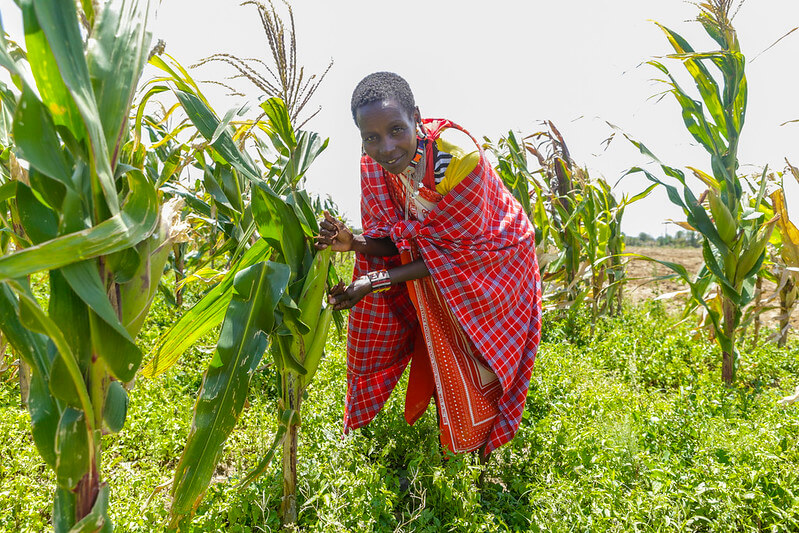Developing countries that implement REDD+ actions and wish to access results-based payments are required to address and respect a set of seven safeguards, as set out in the United Nations Convention on Climate Change and known as the Cancun safeguards. Some countries have considered additional safeguards that are associated with the environmental and social frameworks of donors or results-based payments.
Details on how the safeguards are being, or have been, addressed and respected are shown in the countries’ summaries of information and their Safeguards information systems. The reports on safeguards can include national, subnational and local/project information, provided by diverse country institutions and stakeholders involved in REDD+ implementation and thus, in processes for addressing and respecting safeguards. Based on recent support provided to Cote d’Ivoire and Zambia, as well as experiences from other countries, UN-REDD has identified some considerations that could be useful for countries planning to gather safeguards information and for those wanting to improve their safeguards information gathering processes.
-
Clear guidance, methodology and a template for information gathering
What information needs to be gathered? How is the information gathered and compiled?
In order to gather safeguards information in an organized manner, guidance is needed to provide orientation to the information providers. A template that indicates what information is required with specific directions could be useful, including sections where few inputs are needed (e.g. multiple-choice or grid-in sections) and other sections for brief descriptions and qualitative information. The template can be built around the countries’ national interpretation of the Cancun safeguards and the corresponding key topics or safeguards principles, criteria and indicators. It is important to consider the need to gather gender disaggregated information and information on how the gender approach was considered in REDD+ implementation and in the policies and actions for addressing and respecting safeguards.
-
Engagement of different institutions and stakeholders as information providers
Who should be engaged in this process? Which institutions and stakeholders are key for gathering information on REDD+ safeguards? What stakeholder engagement spaces or platforms should be used? The different information providers should be identified, followed by a prioritization to determine the most relevant institutions and stakeholders that are key for sharing information on REDD+ safeguards. It is important to consider state and non-state actors, civil society organisations and vulnerable groups such as representatives of Indigenous peoples and local communities, women, youth. The definition of focal point persons within each of these is vital as it allows for efficient follow up. The country institution that is the REDD+ focal point has a key role to play in the process of gathering information on REDD+ safeguards, and within this institution, a person can be delegated to guide and follow up.
-
Training of information providers on REDD+ safeguards and the country approach
What background information needs to be shared? Are information providers familiar with REDD+ safeguards and the country progress made so far? At the beginning of the information gathering process, training is needed to ensure the focal points from institutions and other stakeholders have a basic and common understanding of REDD+ safeguards. It is useful to share information on safeguards activities conducted in the country, as well as progress made. The training on safeguards, and other elements of REDD+, should be periodic and combined with activities that keep stakeholders informed about progress with REDD+ implementation.
-
Review and feedback to validate safeguards information and fill the gaps
Who can review and provide feedback? Is there a need to validate the safeguards information gathered? How should this be done? Through workshops, bilateral interaction or gatherings of small groups of information providers, the inputs generated can be reviewed or clarified, and the information gaps can be filled. Stakeholders that were not engaged as information providers can also provide feedback and participate in the validation of the safeguards information gathered.
-
Documentation of recommendations and opportunities for improvement
How can the process of information gathering be better? Are there improvements that could be considered in the future? Some countries may find it useful to document recommendations that are identified during the information gathering process, as these could guide future improvements either in information gathering processes or in the definition and implementation of policies and actions for addressing and respecting the safeguards. Step-wise improvements can be made, seeking to promote more transparent, efficient and inclusive safeguards processes.
For more information on REDD+ safeguards:
· UN-REDD Workspace, Safeguards Technical Knowledge Page
· UN-REDD Workspace, Safeguards Country Resources Hub



